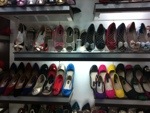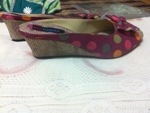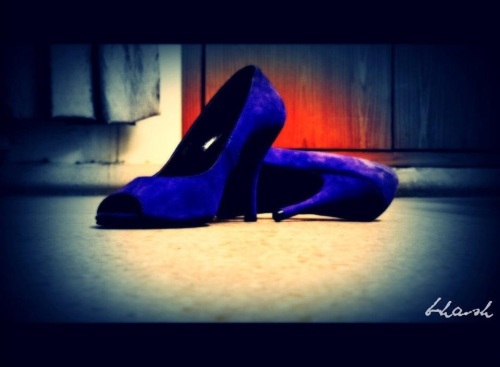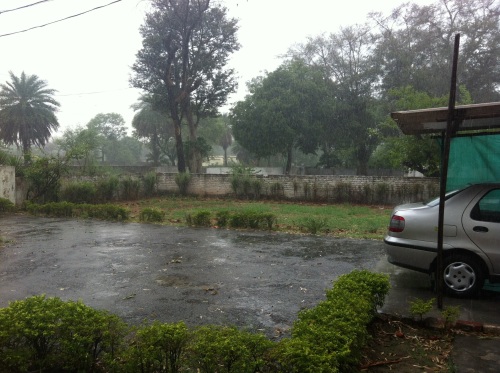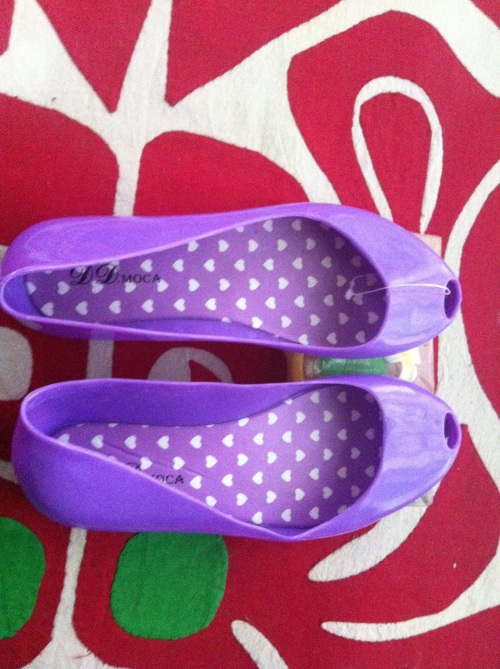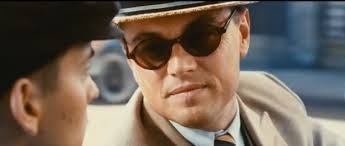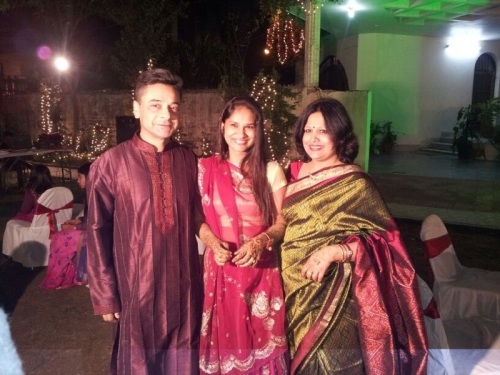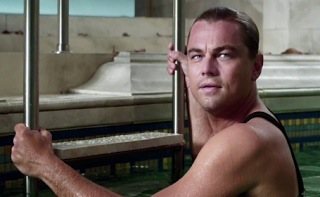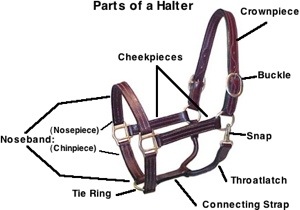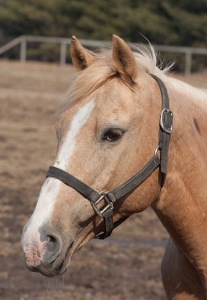Shoes, Shoes, Shoes!
This post is dedicated to (as promised) and inspired by Bhaswati- friend (the kinds you make 3:00 am confessions you can’t make to any one else), ex roomie (the kinds you wake up at 3:00 am to make the kind of confessions you can’t to anybody else), photographer and shoe fiend. While she is the go- to woman for all things fashionable in general, shoes are her special forte. When she is not buying them, gazing lovingly at them or generally daydreaming about them, she photographs them. (And boy is she good).
The better pictures in this post are from her personal album (and shoe closet. The two in her case are not always mutually exclusive).
Our fascination with shoes in general and heels in particular can be traced back to the earliest civilisations. And while it may seem counterintuitive, being utilitarian was not always as high in priority as aesthetic value. So we have murals with ancient Egyptians strutting around in heels. In the 15th century women of the nobility tottered around in chopines (wooden platform shoes) that could be as high as 50 cm.!

But for everyone who’s tried to go shoe shopping, buying the perfect pair of heels is never easy. Specially if you live in Pune. So imagine my surprise when I discovered these affordable pairs in a shoe store in Ambala Cantt. (Which even Bhashu agreed could almost rival Zara shoe). They even let me take pictures!
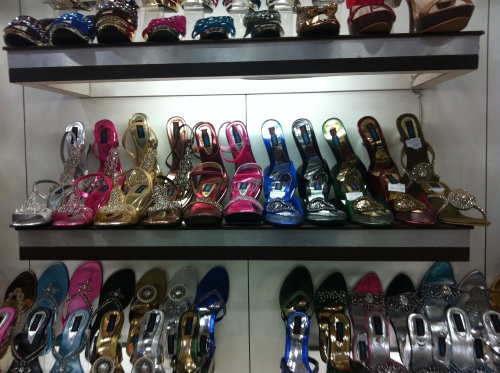
(Shoe Mantra store Ambala Cantt.)
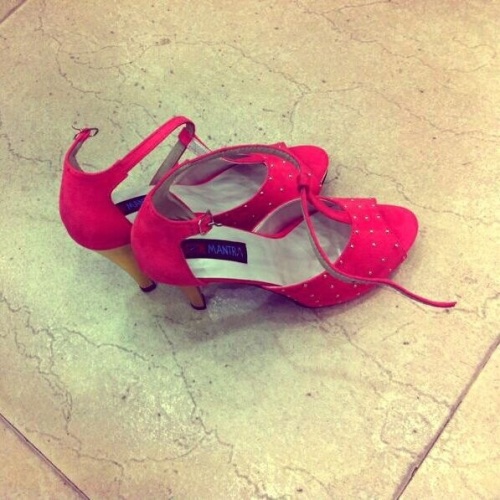
(A bright pink pair of heels at the store. Photo edited by Bhash. )

